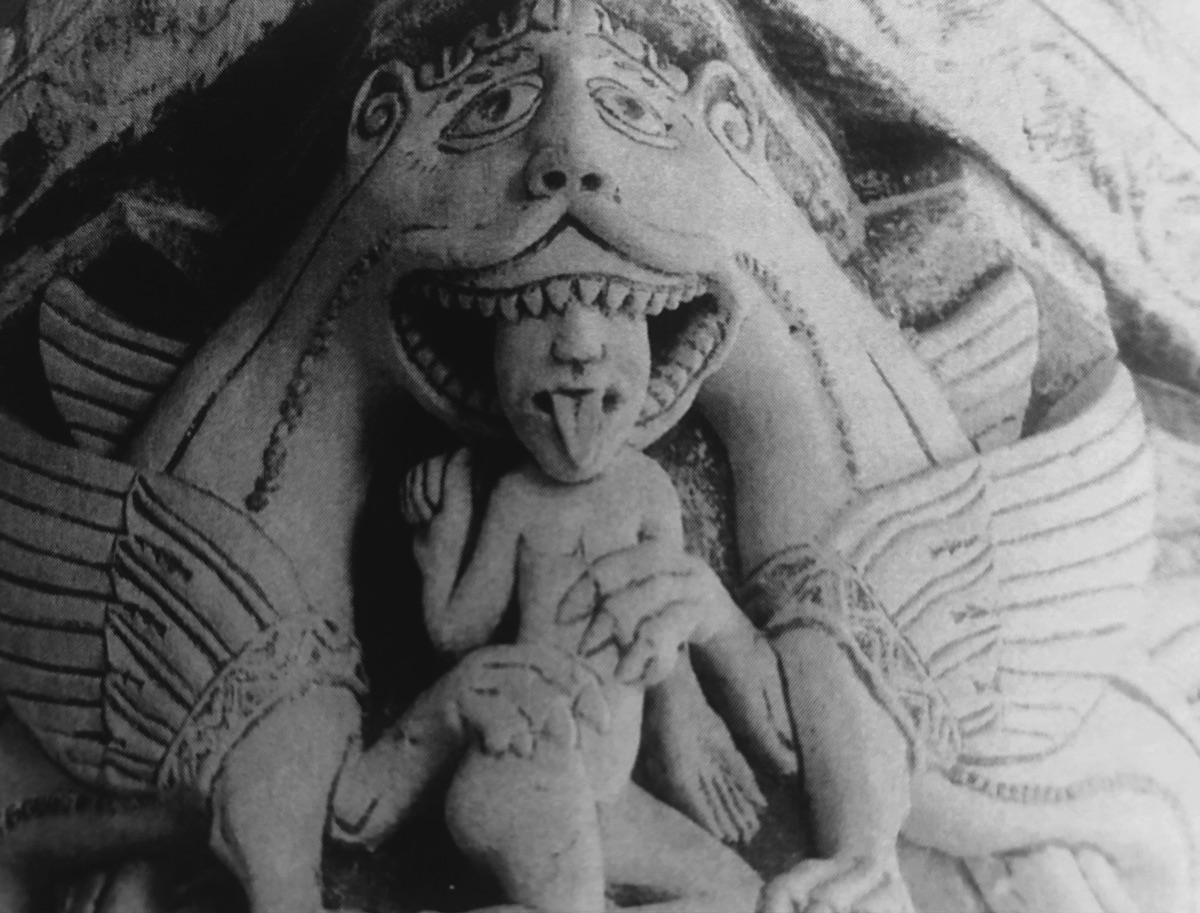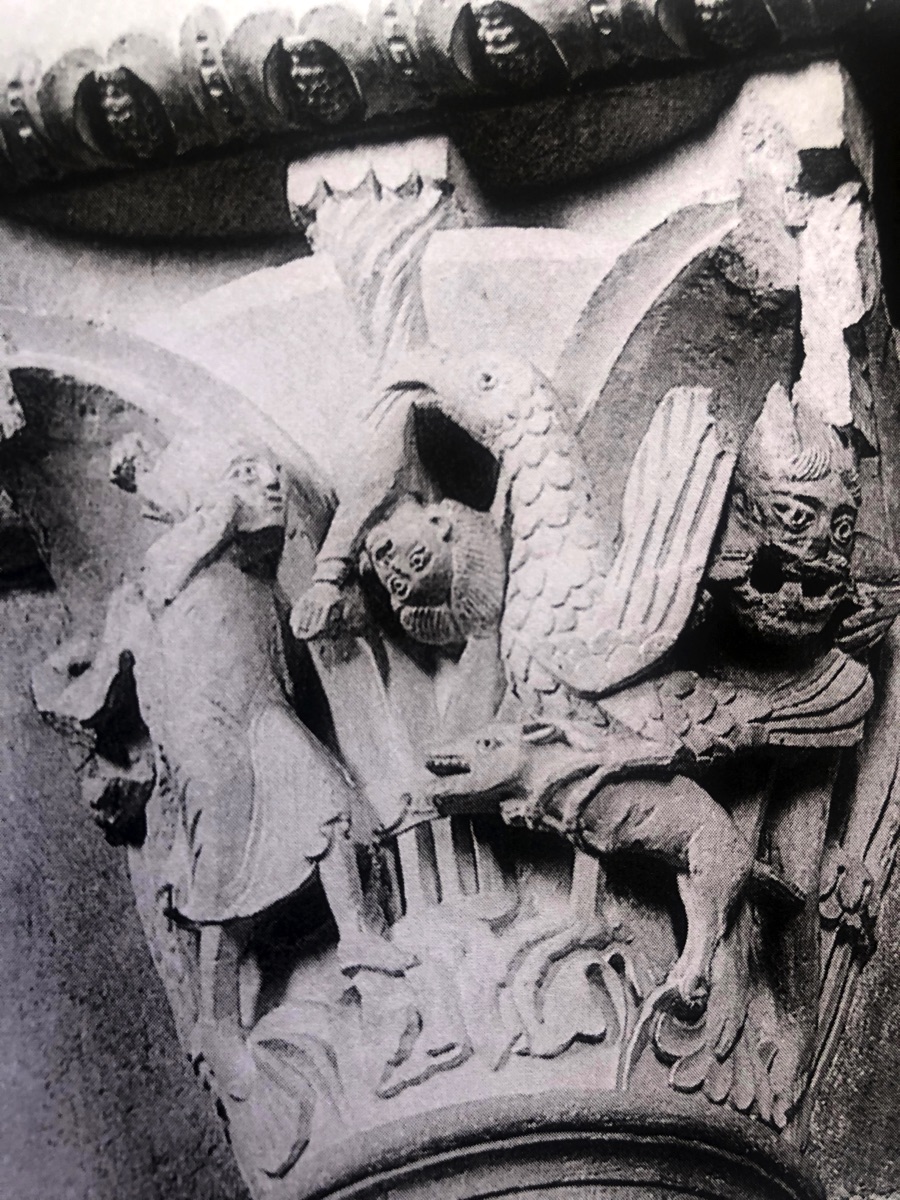
You can try to observe once more at the facade of the old cathedral […] and examine again those horrid demons, the shapeless monsters, the austere and rigid statues, their approximate anatomy, but do not make fun of them because they are an expression of life and freedom of every worker who chiseled stone; a freedom of thought, a rang on the ladder of being […]
The achievement of freedom by its children must be the primary purpose of all modern Europe.
(John Ruskin, 1850)
In 1851 London was preparing to celebrate large industry in a universal based exhibition, known under the official name of “Great Exhibition of the Works of Industry of all Nations”. It was strongly desired and promoted by Prince Alberto and his wife the Queen Vittoria. The exposition was a ground of protest for whom emphasized harsh criticism to an economic system based on a workforce “exploit as fuel, to feed the smoke of the factory”. These included criticism from literati and students, as in the case of those enrolled at the Royal Academy of Arts in London.
As Franco Bernabei writes:
This exemplarily means the break of the “Victorian compromise” according to Chesterton’s well-known formula: that is about that alliance between culture and economic power, which in the triumphant years of the Industrial Revolution had putted aside things optimistically and positively, as if those problems did not exist.
John’s Ruskin’s social critique to a system increasingly oriented toward “fragmentation” of the individual inside the assembly line had already been fostered and publicized throughout Europe with the evocatively titled text “Unto This Last,” which had been sustained by several publications carrying the “extreme message of Ruskinian social utopia.” However, the same theory becomes even more incisive and subtle in “La natura del Gotico”: the 0sixth chapter of the second volume of the treaty “Pietre di Venezia” precious evaluated.
Ruskin appeals to the architecture of the past, to the elevated “savageness” of the Gothic style, to ornamental art according to which “does not exist inferiority of execution”, to avenge the uniqueness of each man inside the social and working fabric.

Capital of monstrous figures of the Saint Pierre Collegiate Church, in Chauvigny
The Gothic nature
[…] we admire the way man gives expression to his rest in the statute of the village of his birth. We observe him reverently while he places side by side the bright gem, softens with pleasing sculptures the columns reflecting the rays of an eternally bright sun in a cloudless sky […] we admire him and, with no less reference, we stay close to him when, with a rough strength and impatient blows, he rough-hews a wild vine from the rocks that he tore off from the marshes of the moor.
[…] this wildness of thought and roughness of execution, this clear physical brotherhood between the cathedral and the peak.
Iconography of the wolf eating the lamb, Pieve di San Pietro in Gropina
Ruskin’s signature pages about the Gothic style scheme a plot where historical events, the power of art and also the current and almost prophetic future social issue, unfold in poetry.
The Gothic he describes is the expression and the result of the commitment of a collective, where the writer finds again the vital potential of an art of participation:
[…] perhaps, the most admirable aspect of the Gothic Architecture Schools is exactly this: accepting the results of the work of the unpretentious minds, and from such visibly imperfect fragments, indulgently arising a magnificent and resistant whole.

Capital of the Basilica di Sainte-Marie- Madelaine, in Vezelay
The uniqueness of the creation, the relevance of manual expression
The modern attitude […], in all the things, yearns for the maxim completeness and perfection […] abstractly, without any doubt this is a very worthy features, but it becomes ignoble when it makes forget the dignities inherently related to the nature itself, and prefer the perfection of the meanest things rather than the perfection of the biggest ones […]. And therefore, if in all the things we see, or in all the things we do, we should desire perfection, and force to reach it, however, we should not give more importance to what is mediocre, in its limited completeness, in relation to what is noble, with its opportunity of progress.
In the same years that Ruskin is occupied with the writing of the treatise, criticisms for the machine encroachment and the new industrial fabric would also be raised by the Pre-Raphaelite Brotherhood. Indeed, according to them, the geared industrial system presented itself as bitter enemy of creativity, anaesthetizing and blocking every glad expression.

Contortionist; detail of the capital of the Church of Anzy-le-Duc
In recent years, we studied a lot and perfected the great invention of modern civilization, which is the division of labor: but we gave it the wrong name. In fact, it is not labor that is divided, but man. He is divided in mere segments of man, shattered into fragments and scraps of life, so the small portion of intelligence that is left to him, is not enough to make a needle or a nail, but it is exhausted in the action of producing the needle point or the nail head.
[…] the kind of work to which they are doomed is degrading and makes them less of a man every day.
[…] we can produce everything, but not men.
Thinking being
In the body and in the nature of any man […] there exist in potency capacities to do something good. These potential capabilities cannot be reinforced unless we accept them despite their weakness and unless, in their imperfection, we appreciate and respect them more than the greatest and most refined manual skills. And this is precisely what we should do with all workers: look for their thinking part and initiate it to light, even if, together, we are forced to accept imperfections and errors. […] we let him begin to make his imagination work, to think, to try to do something really worthwhile; immediately the mechanical precision disappears and all his coarseness, slowness and incapacity come out to the surface, but we also begin to glimpse the whole greatness of his individuality.
The large part of Ruskin’s utopia seems almost predict the “slow construction of the social, for everyone” examined by the aesthetic operator in the heart of the urban suburbs, during the century immediately following. His appeal to an architecture that reveals as a “living, pulsating entity”, reiterates the essential rule of a discipline which offers continuous and vital sparks for rethinking about the human condition. His appeal to an architecture that shows itself as a “living, pulsating entity”; reaffirms the essential role of a discipline that offers continuous and vital cues for rethinking the human condition.
Bibliographic reference
Ruskin J., Le pietre di Venezia, Mondadori, Milano 2000.
Ruskin J., La natura del gotico, Jaca Book, Milano 2016.
Ruskin J., Le sette lampade dell’architettura, Jaca Book, Milano 2016.
Ruskin J., Leoni G. (a cura di), Turner e i Preraffaelliti, Abscondita, Milano 2019.